RTX2080
Latest

Origin EVO16-S review: A powerful gaming laptop with a bigger screen
When NVIDIA unveiled RTX ray-tracing GPUs for laptops, a lot of new models launched: 40 of them in all. Origin, a company best known for its customized models, tried to separate itself from the pack with an interesting hook. Rather than releasing a 15.6- or 17.1-inch model like everyone else, it unveiled something in between -- the 16.1-inch EVO16-S. While packing a bigger screen, it's just as thin and no heavier than most 15.6-inch laptops, but much lighter than any 17.1-inch model. Packing up to a 9th-generation Intel six-core CPU and GeForce RTX 2080 Max-Q GPU, it crams in top-flight gaming performance and ray-tracing, to boot. The EVO16-S is also pretty well-priced compared to rival models with smaller screens, so let's find out how it measures up.
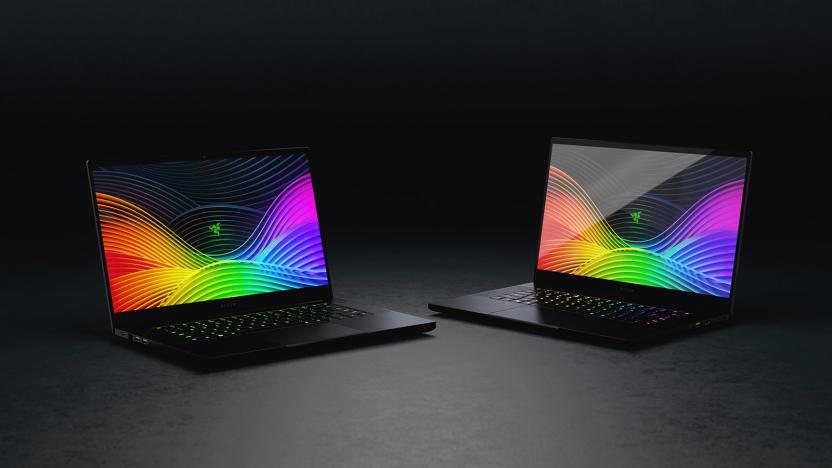
Razer's new Blade 15: OLED display, RTX graphics and 9th-gen Intel
Razer has unveiled the mid-2019 versions of its popular Blade laptop series that boost performance thanks to Intel's new 9th-generation portable CPUs. It has also joined a rare club with a 4K OLED option, delivering on technology it teased at CES 2019. As before, there are three new models: The Razer Blade 15 Basic, Blade 15 Advanced and Blade Pro 17. All of them are slim, light and pack top-end specs, like 9th-gen Intel Core i7-9750H CPUs, NVIDIA RTX ray-tracing GPUs, and displays perfectly suited for gaming and content creation.

NVIDIA’s RTX ray tracing put to the test
Welcome to the first episode of our new explainer series, Upscaled. We're going to be examining the components and gadgets that are helping move technology forward, and in this first episode, we're looking at graphics cards.
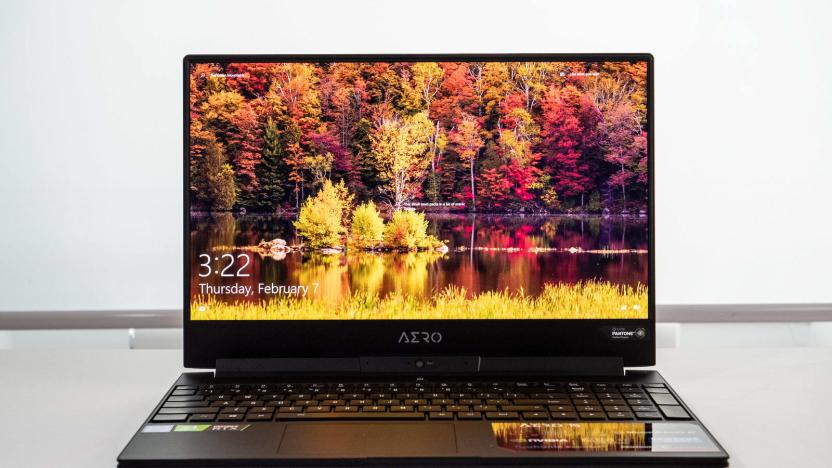
Gigabyte Aero 15 Y9 review: RTX 2080 performance, at a price
With last year's Aero 15X, Gigabyte managed an impressive feat: putting powerful gaming performance and long battery life into a 4.4-pound body. This year, the Taiwanese company is trying to top itself with the Aero 15 Y9, its new flagship laptop. Weighing just a bit more at 4.5 pounds, it's now equipped with top-of-the-line components: an Intel i9-8950HK 6-core CPU and NVIDIA's RTX 2080 Max-Q GPU. The latter component has become rather controversial. NVIDIA revealed that the portable Max-Q version, while packing the same Turing Tu104 chip, is underclocked by up to half that of the desktop RTX 2080 GPU. It comes in an 80-Watt version with a 735-1,095MHz core clock and a faster, more power-hungry 90-Watt variant that runs at 990-1,230MHz. The desktop RTX 2080, meanwhile, runs at 1,515-1,710MHz -- over double that of the lower-powered Max-Q version. So performance and battery life depend on which chip the manufacturer uses and how much it's overclocked, which brings us back to the Aero 15 Y9. It's the first RTX 2080 Max-Q laptop we've tested, so I was interested to see how Gigabyte handled it. The good news is that performance is definitely better. But it's not that great a leap and, unfortunately, it's much costlier. Some of the other defining qualities of the last Aero have been lost, too.

MSI adds NVIDIA RTX graphics to two gaming laptops
MSI has unveiled a pair of gaming laptops that will appeal to enthusiasts whether they want a lightweight notebook or beast-level performance. The GS75 actually offers both, coming with the latest Intel Core i7 CPU, NVIDIA RTX 2080 graphics, a passive radiator speaker with "booming" sound and a 17.3-inch, 144Hz IPS display, all packed into a body that's just 0.75 inches thick.

Razer adds NVIDIA RTX graphics to its Blade laptop
After debuting last fall, NVIDIA's RTX line of graphics cards is making its way to notebooks. And that means pretty much every gaming laptop under the sun -- good, bad and everything between -- is due a refresh. Thankfully, this one's definitely in the "good" category. We loved Razer's 2018 Blade reboot, calling it "almost perfect" in our review. Today the company is announcing that its popular 15-inch laptop is going to be configurable with up to RTX 2080 Max-Q graphics, with RTX 2070 Max-Q and RTX 2060 filling out the graphics card options.
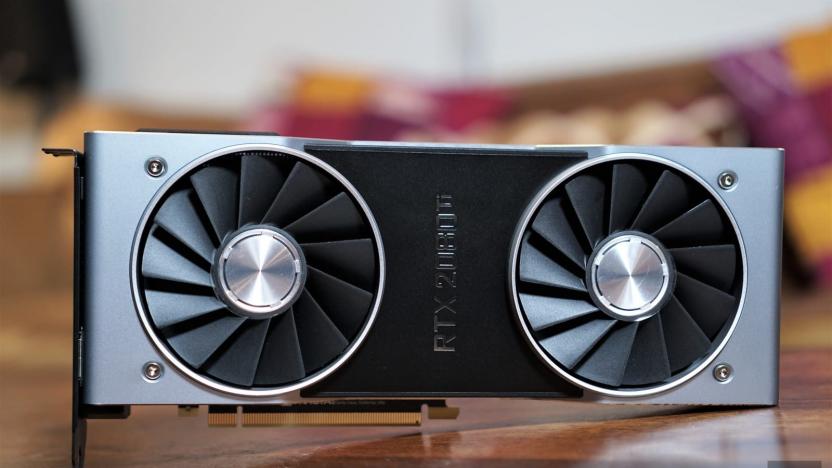
NVIDIA RTX 2080 and 2080 Ti review: To 4K 60 FPS, and beyond
NVIDIA's new RTX graphics cards are for the gamer that wants it all. I'm talking about 4K gaming beyond 60 frames per second, with the graphics settings dialed to the max. Both the RTX 2080 and RTX 2080 Ti are a significant leap beyond NVIDIA's last GPU generation, but they're more than just the gold standard of 4K gaming. They also bring the possibility of real time ray tracing -- a light rendering technology that used to be reserved for big budget CG movies -- to consumers for the first time. And that has the potential to change the gaming landscape forever.
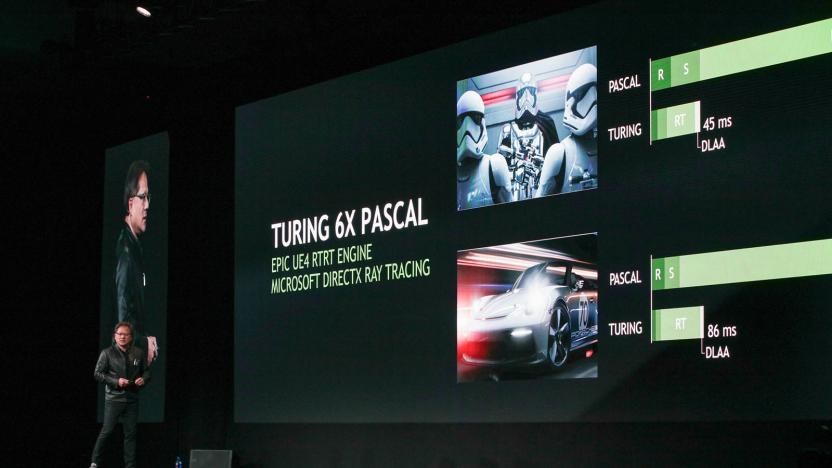
NVIDIA’s RTX speed claims fall short without game support
At its big RTX event at Gamescom, NVIDIA made some bold claims about its new Turing RTX cards. First and foremost was that the GeForce RTX 2080 offered performance "six times faster" than current 1000-series Pascal-based GTX cards. That's in large part because of new ray-tracing tech that helps the GPUs calculate complex game lighting much more quickly. "This is a new computing model, so there's a new way to think about performance," said CEO Jensen Huang.

NVIDIA says the RTX 2080 GPU is twice as fast as the GTX 1080
It's clear that NVIDIA's newly announced 20-series GPUs are incredibly powerful, but so far, it's been tough to tell how much faster they are than the previous generation. Today during a press briefing at Gamescom, the company gave us a bit more insight: The new RTX 2080 is up to twice as fast as the GTX 1080 when using the new DLSS (Deep Learning Super-Sampling) feature. That relies on the Turing GPU's Tensor Cores for AI-powered rendering. Basically, it's a less GPU intensive way of getting smoother edges on 3D objects.
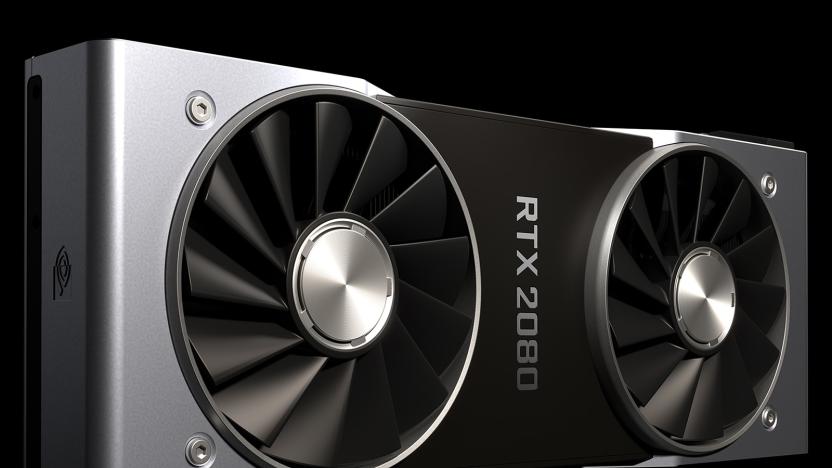
NVIDIA's GeForce RTX 2080 leapfrogs the 1080 Ti for $800
NVIDIA has unveiled its new Turing-powered mainstream gaming performance graphics card, the GeForce RTX 2080. As rumored, it's built using 12-nanometer manufacturing and packs 8GB of cutting-edge GDDR6 memory, offering 14 Gbps speeds, 2944 CUDA cores and a 256-bit memory interface. With those kind of specs, it provides a huge boost over the current GTX 1080, and should even outperform the GTX 1080 Ti.
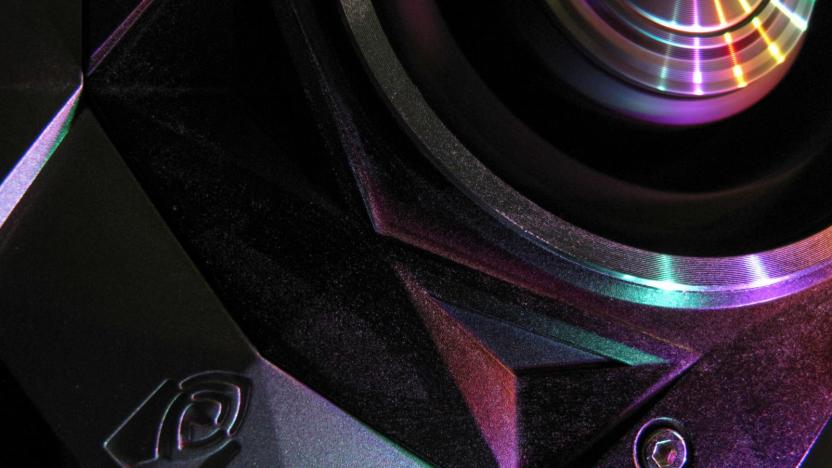
Leaks reveal NVIDIA GeForce RTX cards ahead of August 20th event
NVIDIA hasn't been shy about plans to unveil Turing-based GeForce video cards at its August 20th Gamescom event -- its teaser video effectively spelled out "GeForce RTX 2080" through not-so-subtle clues. But just how powerful will these cards be? You won't have to wait until the launch to find out. A slew of leaks on Reddit, WCCFTech and VideoCardz have spilled the beans on the first GeForce RTX-series boards, and they promise fundamental leaps in performance over the GTX 1000 hardware you're used to.


